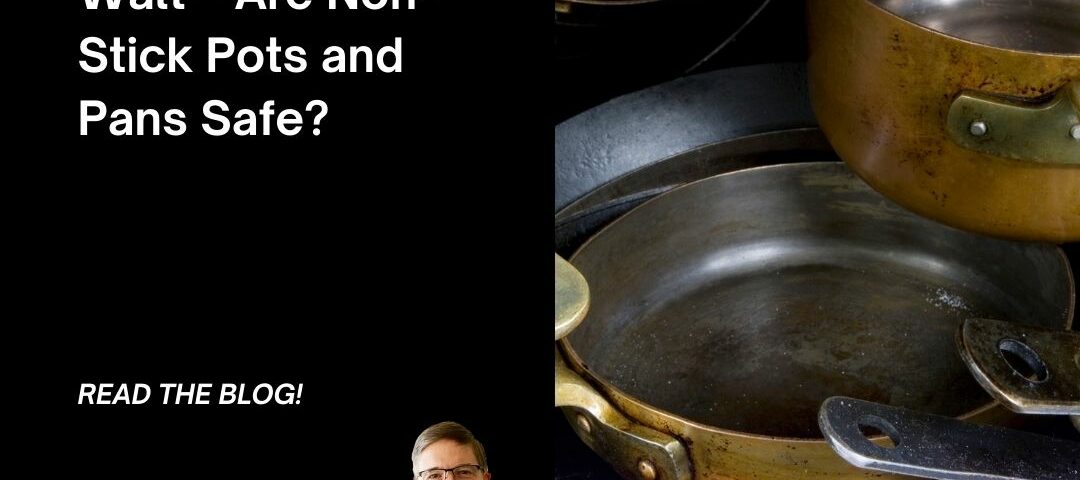Thursday Ask Dr. Walt – Are Non-Stick Pots and Pans Safe?

Smoking in pregnancy tied to harmful brain changes in unborn babies and children
August 31, 2022
Monthly Family Update – September 2022
September 2, 2022Dear Dr. Walt,
Are Teflon pans safe? Are there better nonstick alternatives?
—Kitchen Cookin’ in Kentucky
Dear Chef,
It’s estimated that about 70 percent of all cookware sold has a nonstick coating – of which TeflonTM is the most common.
This is understandable as non-stick pans need less oil or butter and have almost no food that sticks during cooking and are super easy to clean.
However, consumers have concerns about toxic chemical emissions.
Dozens of reports and studies from both industry and outside sources have turned up conflicting conclusions. Good Housekeeping (GH) interviewed numerous experts asking about the safety of nonstick pots and pans. The answer was a qualified one. “They’re safe,” said most experts, “as long as they’re not overheated.”
GH looked at all of the major studies and concluded the danger begins when pans overheat. At temperatures above 500ºF, a breakdown of the coating can begin, releasing chemical fragments and fumes. Therefore, 500°F is the recommended maximum for cooking.
The Good Housekeeping Institute conducted testing. The results?
GH wrote, “Even we were surprised by how quickly some of the pans got way too hot.”
You can find their results here. GH concluded:
You can use nonstick [coated cookware] safely, as long as you follow some precautions to use it properly. Any food that cooks quickly on low or medium heat and coats most of the pan’s surface (which brings down the pan’s temperature) is unlikely to cause problems, which includes foods like scrambled eggs, pancakes, or warmed-up leftovers.
GH recommends:
- Never preheat an empty non-stick pot or pan.
- Don’t cook on high heat and don’t broil or sear meats.
- Always choose heavier nonstick pots and pans.
GH also recommends, “Avoid chipping or damaging the pan.” They add, “To prevent scratching, use wooden spoons to stir food, avoid steel wool, and don’t stack these pans. (If you do, put a paper towel liner between them.)”
One last common question is, “How long can you expect your nonstick cookware to last?
Most manufacturers recommend not using non-stick pots and pans for more than three to five years with moderate usage.
However, some of the experts GH interviewed advised replacing the nonstick cookware every couple of years.
What should you do if the pan does become damaged? The experts had a unanimous answer: “Throw it out.”
© Copyright WLL, INC. 2022. This blog provides healthcare tips and advice that you can trust about a wide variety of general health information only and is not intended to be a substitute for professional medical advice, diagnosis, or treatment from your regular physician. If you are concerned about your health, take what you learn from this blog and meet with your personal doctor to discuss your concerns.




